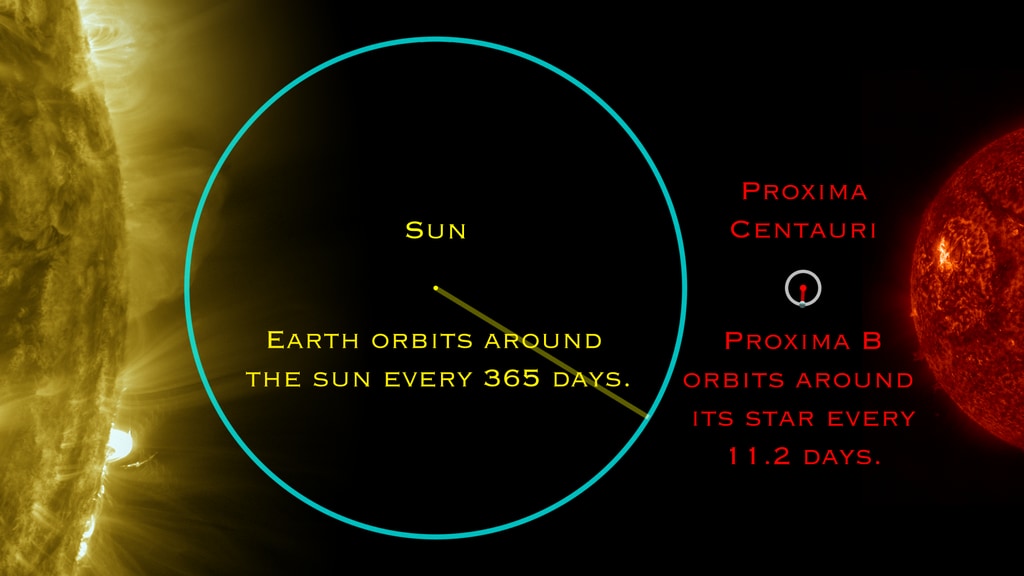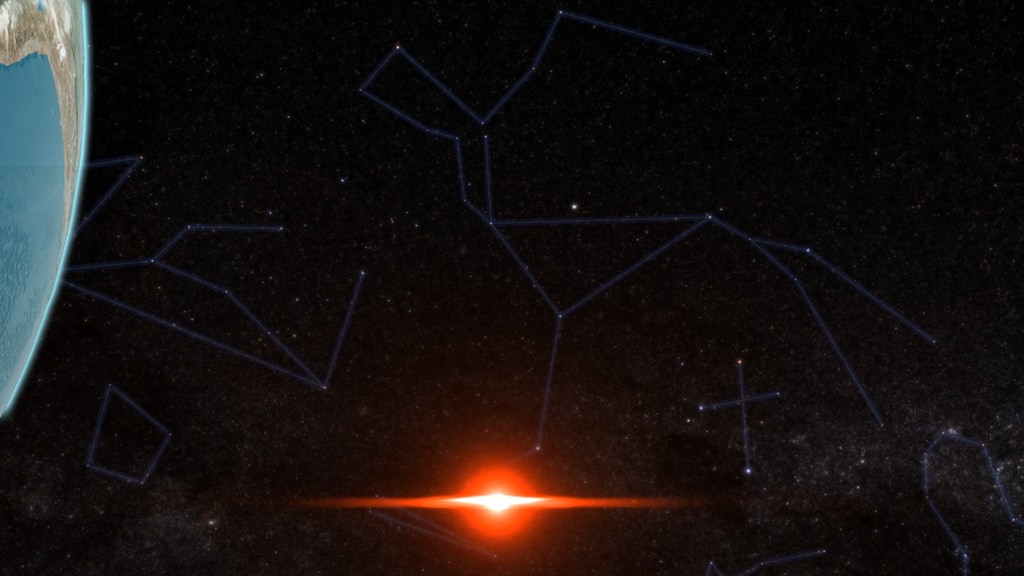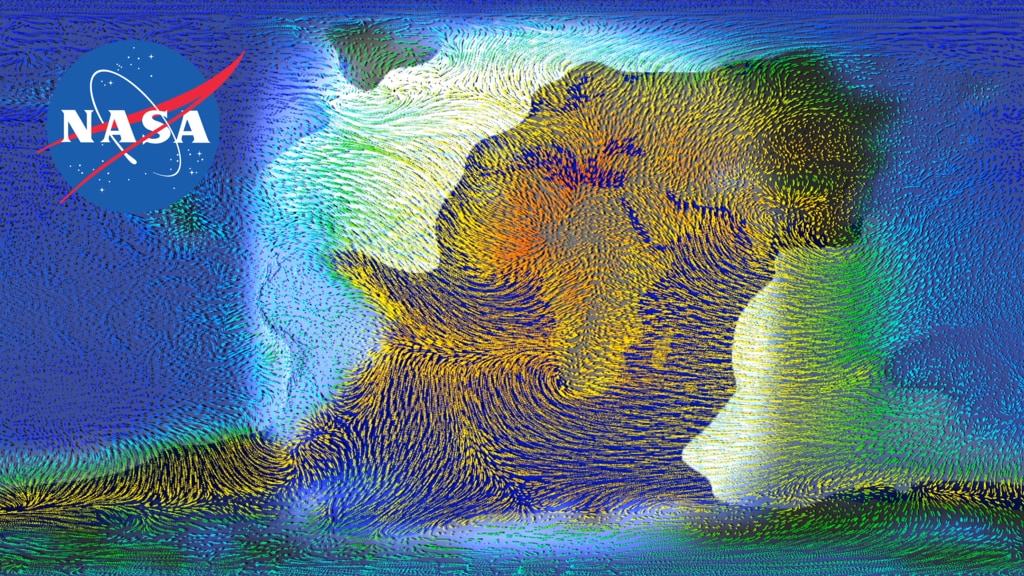Earth Versus Proxima Centauri b Rotation Rates
Earth spins on its axis every 24 hours. Proxima B is tidally locked and therefore always faces it's star, much like how the moon has one side that always faces Earth.
Proxima Centauri b is the closest exoplanet to Earth. It is only four light years away. However, since Proxima Centauri b is much closer to its star than Earth, there is a high probability that it is tidally locked, much like our Moon, where one side always faces the Earth.
Earth rotates on its axis once every 24 hours.
Proxima B is likely to be tidally locked, and therefore does not have a day/night cycle like earth. Instead one side of the planet is always in daylight and the other side is always in darkness.
Credits
Please give credit for this item to:
NASA's Scientific Visualization Studio
-
Visualizer
- Alex Kekesi (Global Science and Technology, Inc.)
-
Scientists
- Avi Mandell (NASA/GSFC)
- Gabrielle Engelmann-Suissa (USRA)
-
Producer
- Claire Andreoli (NASA/GSFC)
-
Video editor
- LK Ward (USRA)
-
Technical support
- Laurence Schuler (ADNET Systems, Inc.)
- Ian Jones (ADNET Systems, Inc.)
Release date
This page was originally published on Thursday, January 23, 2020.
This page was last updated on Monday, January 13, 2025 at 12:12 AM EST.
Related papers
https://ui.adsabs.harvard.edu/abs/2017arXiv170902051D/abstract
https://ui.adsabs.harvard.edu/abs/2017arXiv170902051D/abstract



